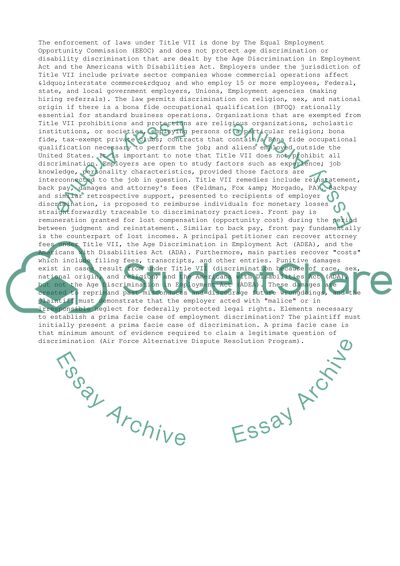Cite this document
(“Racial Discrimination Research Paper Example | Topics and Well Written Essays - 2000 words”, n.d.)
Retrieved from https://studentshare.org/business/1427352-racial-discrimination
Retrieved from https://studentshare.org/business/1427352-racial-discrimination
(Racial Discrimination Research Paper Example | Topics and Well Written Essays - 2000 Words)
https://studentshare.org/business/1427352-racial-discrimination.
https://studentshare.org/business/1427352-racial-discrimination.
“Racial Discrimination Research Paper Example | Topics and Well Written Essays - 2000 Words”, n.d. https://studentshare.org/business/1427352-racial-discrimination.


